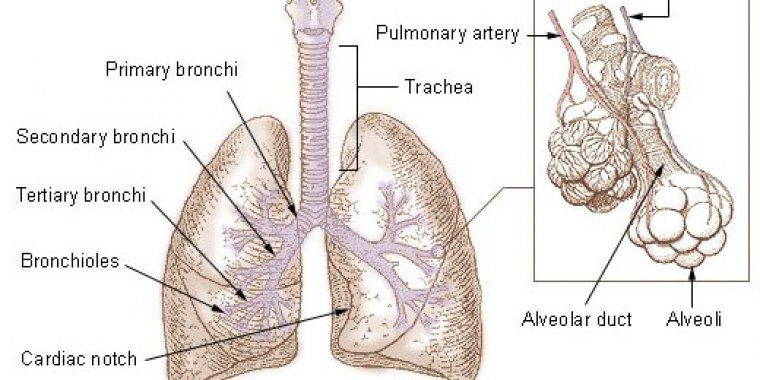| Health / Health News |
An overlooked role for lungs in blood formation
All blood cells come from blood stem cells (progenitor cells). When blood cells become old or damaged and die, progenitor cells produce new blood cells to take their place. Although some blood progenitor cells are in the blood, most reside in the bone marrow.
Blood progenitor cells produce red blood cells, white blood cells, and platelets. The function of platelets is to help form blood clots to slow or stop bleeding. When the body doesn’t make enough platelets, it increases the risk of bruising and bleeding.
Thrombocytopenia is a disorder caused by a very low platelet level. Severe cases can be treated with blood transfusions or medicine.
Researchers believed that the bone marrow was the major site of platelet production. But studies have found that blood leaving the lungs has more platelets and fewer progenitor cells than blood entering the lungs. They estimated that about half of total platelet production occurs in the lungs.
By performing a series of lung transplants between mice with certain deficiencies, the team discovered that blood cell progenitors were able to migrate out of the lung and into the bone marrow, where they could completely restore production of platelets and other blood cells. (NIH)
YOU MAY ALSO LIKE





